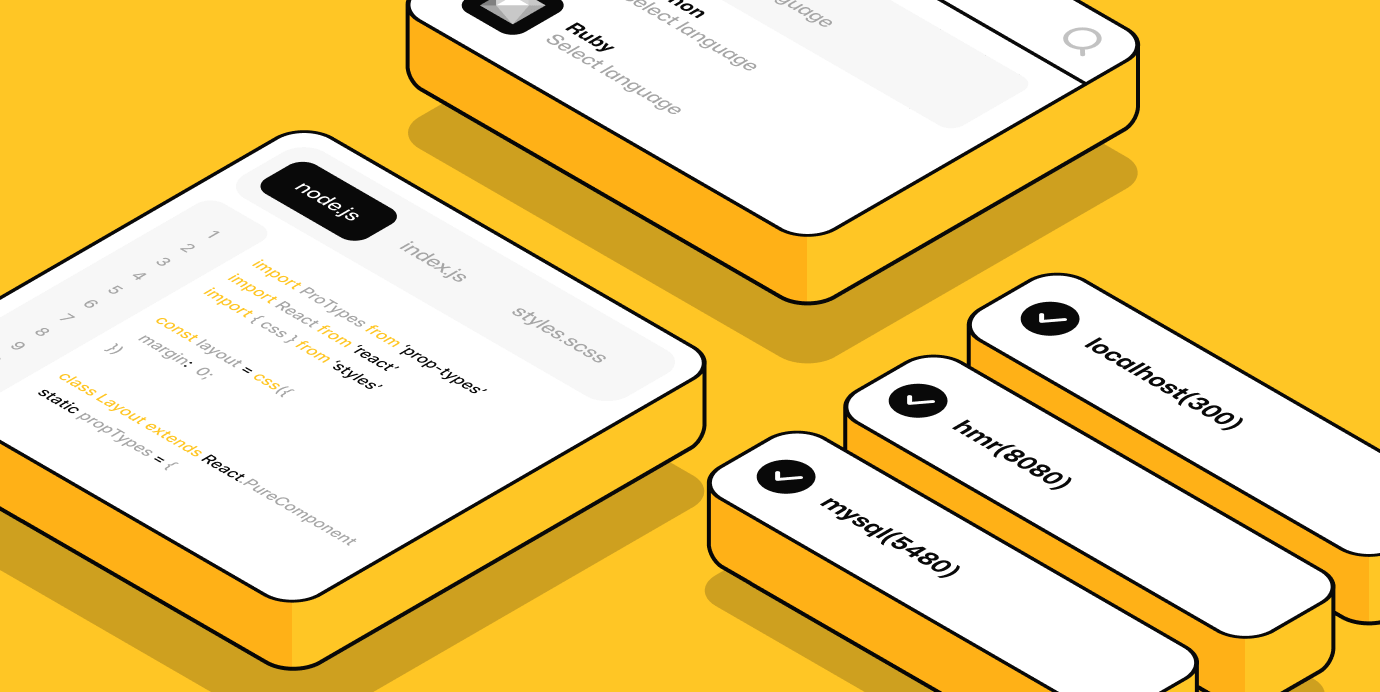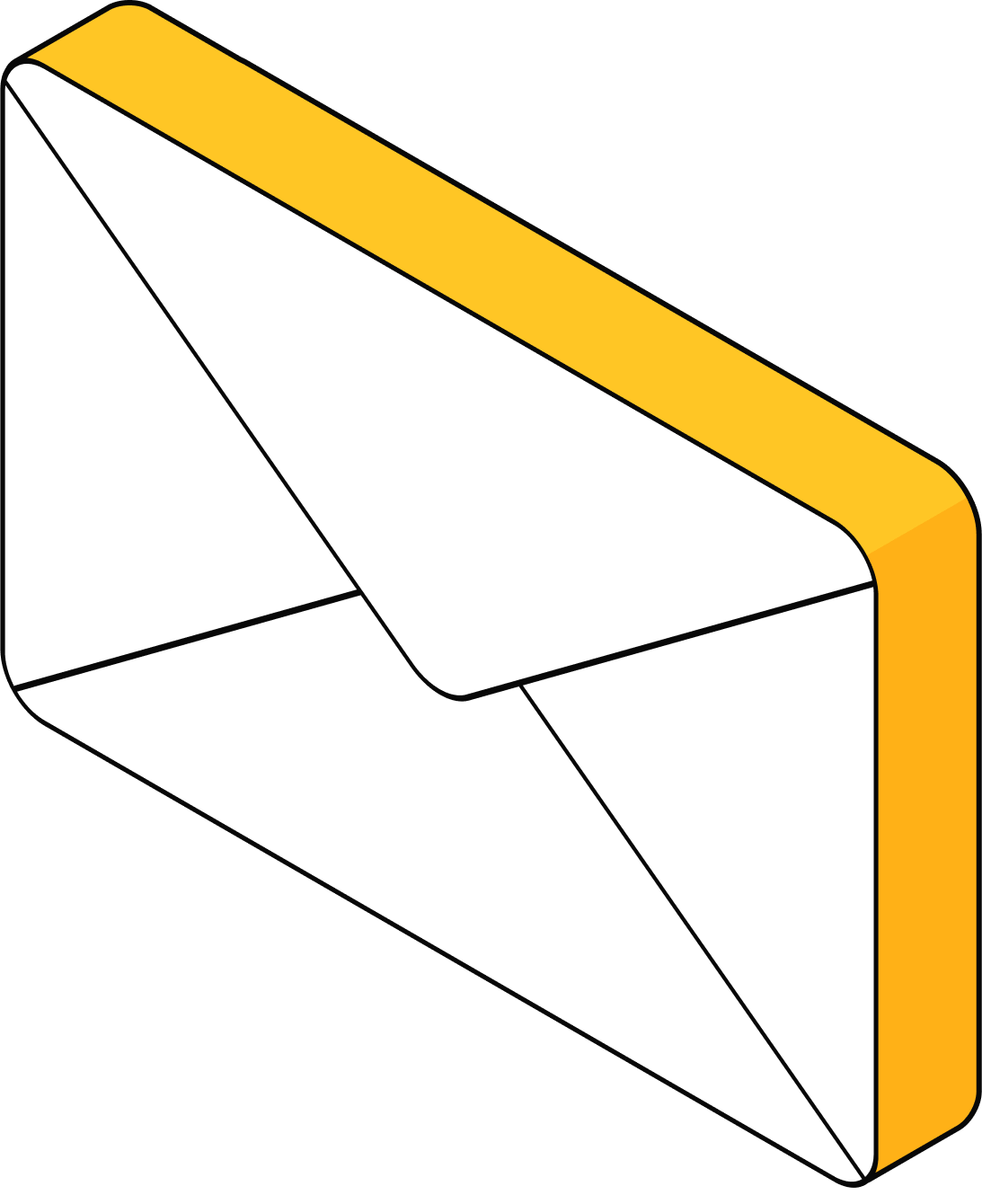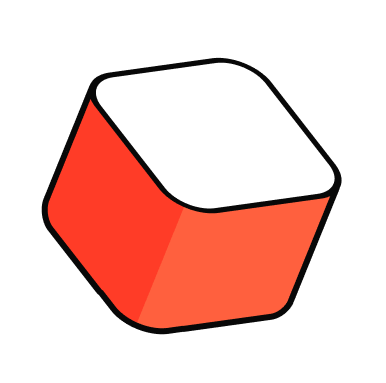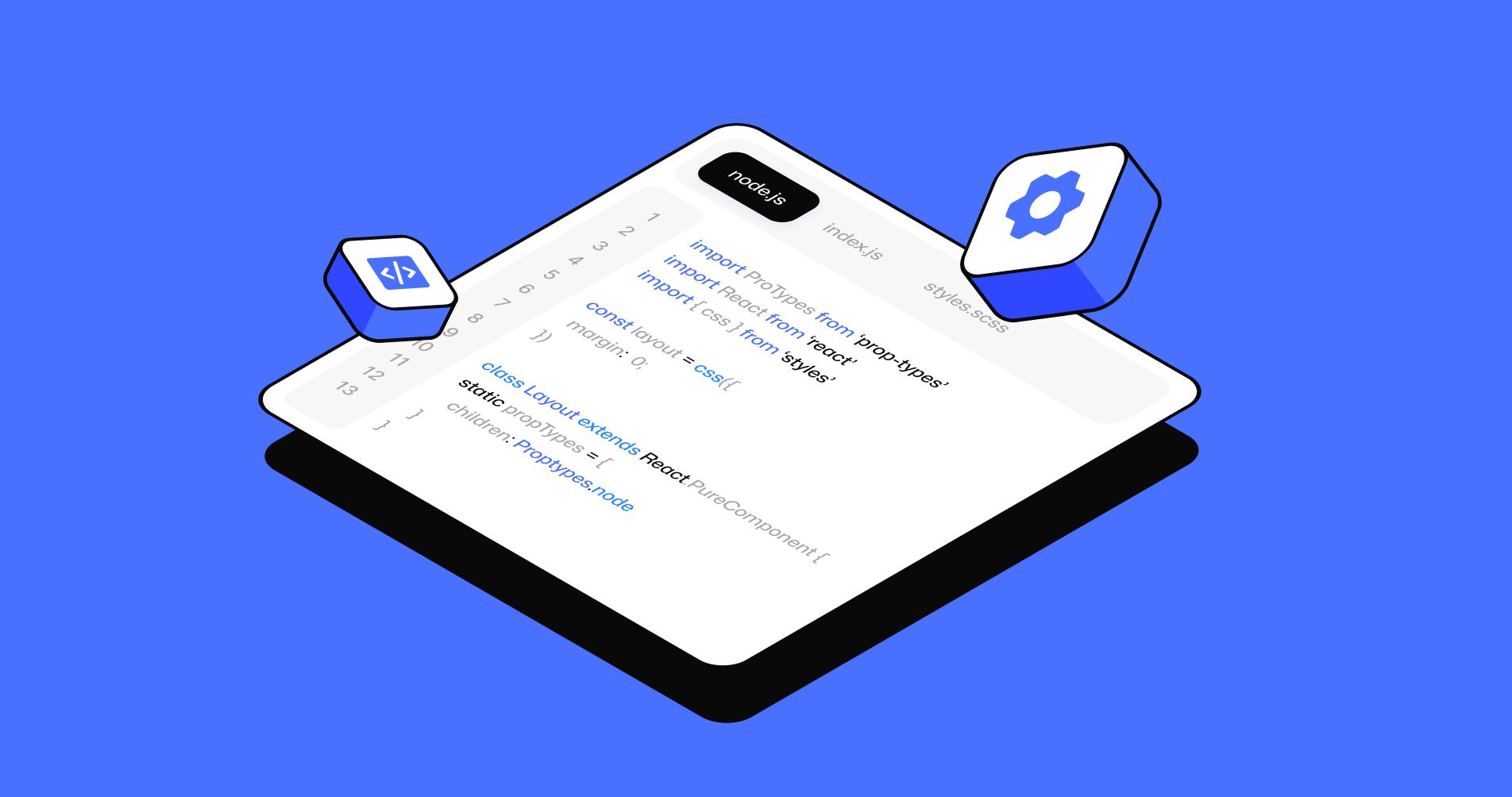The AI Search Blog
Welcome to the Search.co Blog. This is our hub for expert insights, data-driven strategies, and the latest trends in market research and analytics. The business world moves quickly, and staying ahead requires more than raw data—it demands actionable intelligence. That’s exactly what we deliver.
At Search.co, we share expert perspectives on technology, finance, healthcare, real estate, media, and beyond. Our research professionals, AI specialists, and strategy consultants craft each insight. We spot emerging trends, dissect complex analytics, and convert raw data into valuable strategies that bolster success.
Remain informed and competitive. Uncover the power of data with our Search.co blog. Interested in more? Start exploring our latest articles now!
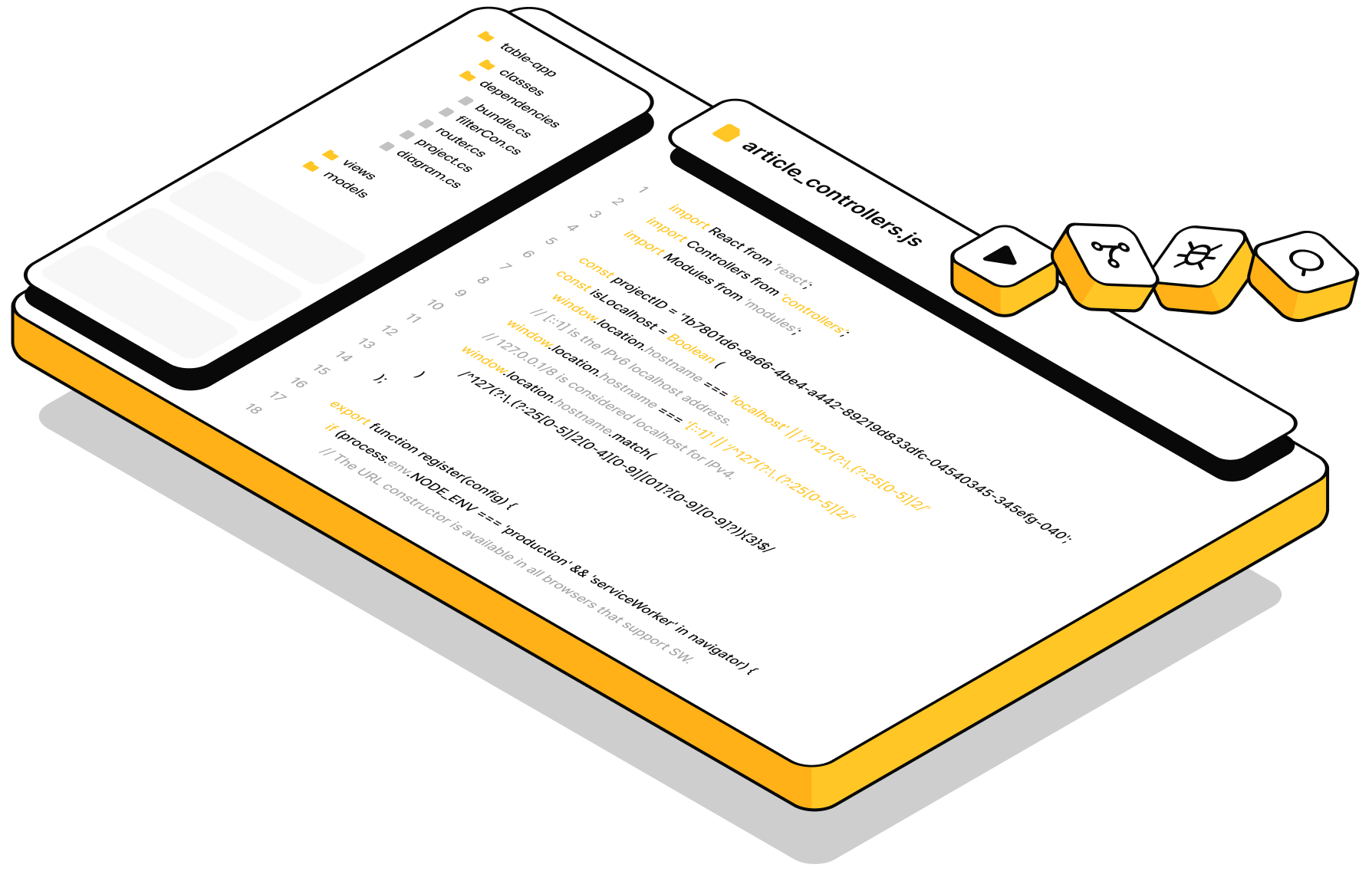
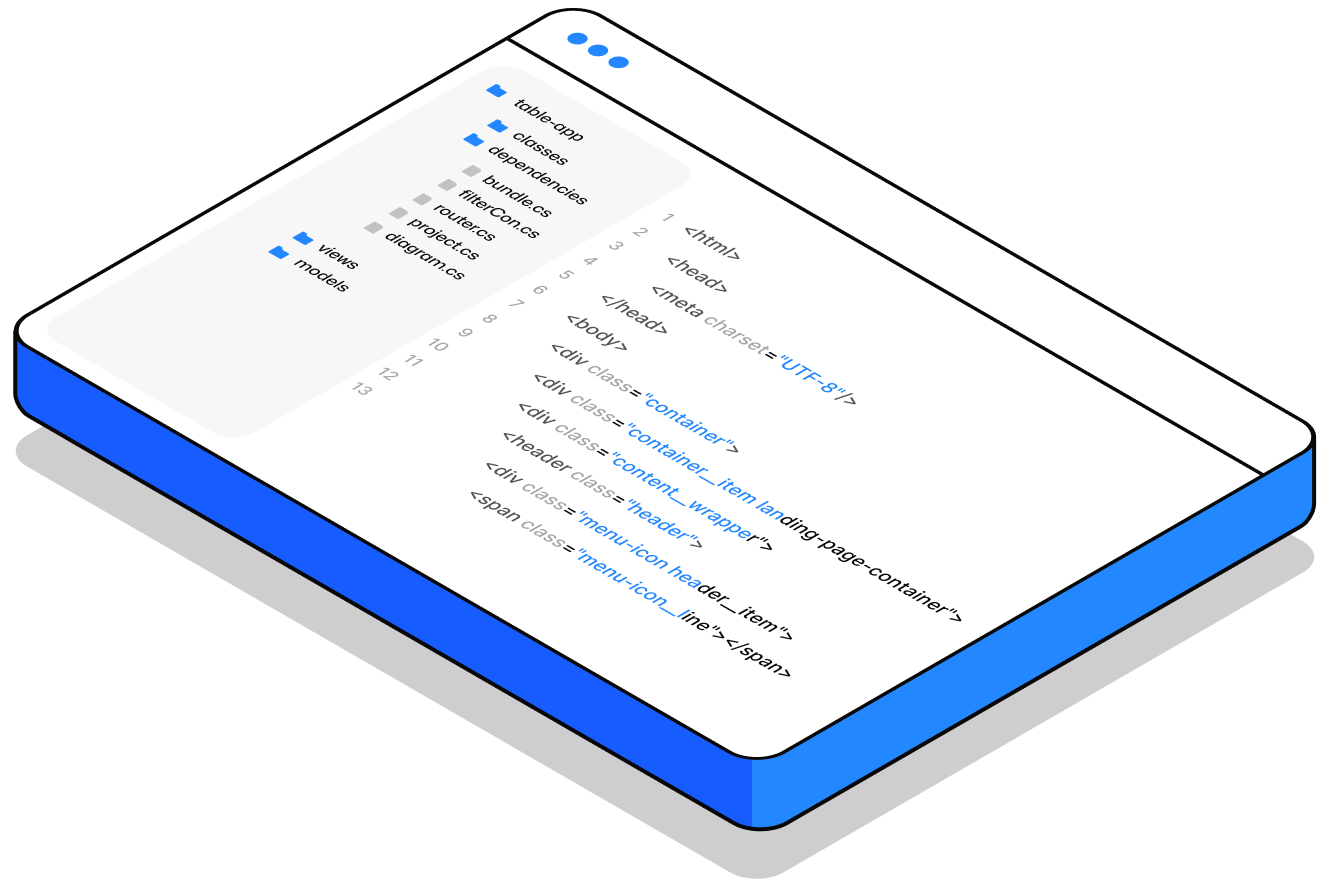
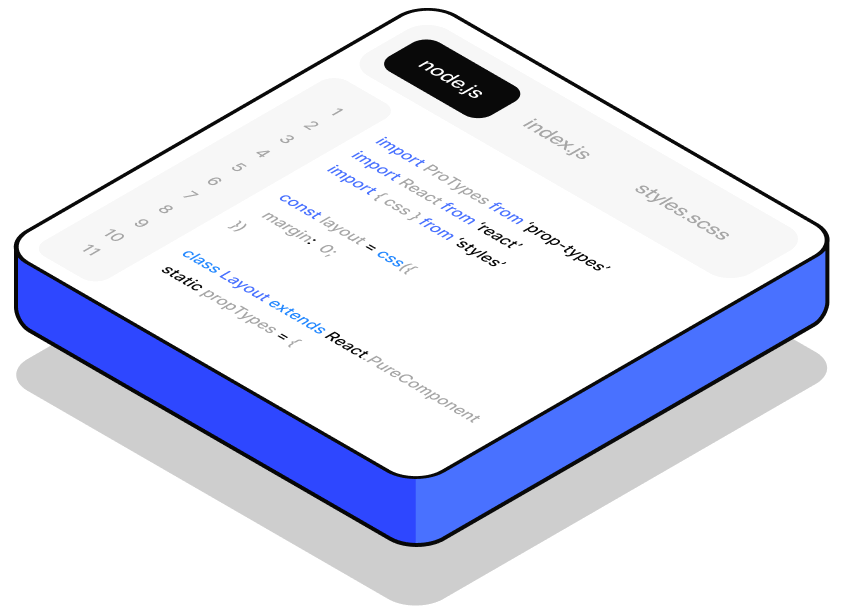
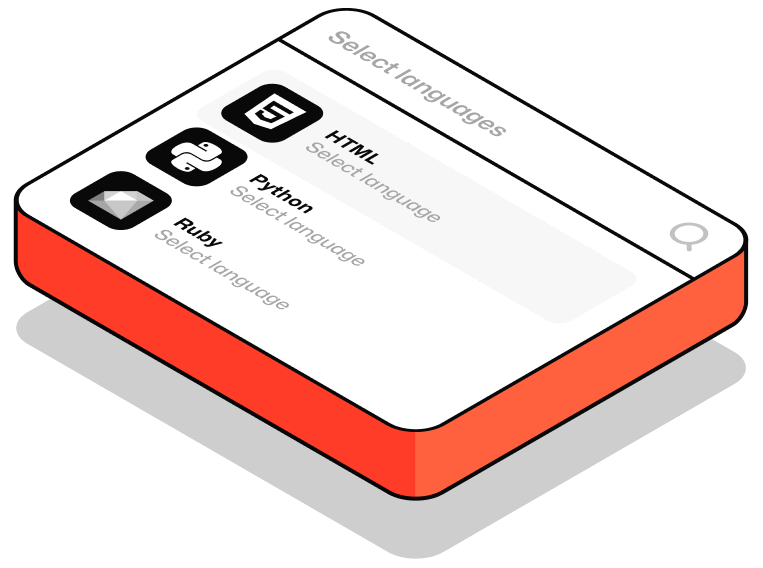
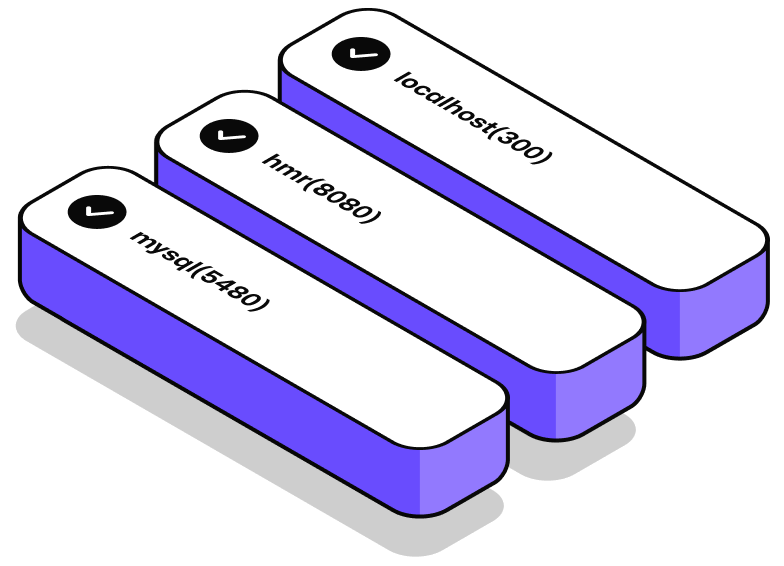





Enterprise Search Blog
Our take on enterprise-level data management and search.
.png)
